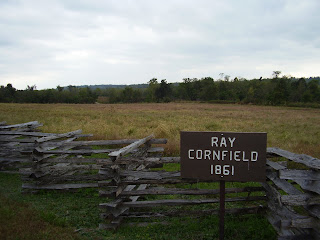







Today, myself and my mother and father in-law visited historic Hannibal, Missouri. Mainly, to see the boyhood home of Samuel Clemens, aka "Mark Twain". Samuel Clemens was born in the year 1835 in Florida, Missouri. Mark Twain was four when his family moved to Hannibal, which is a port town on the Mississippi River. This town served as inspiration for the fictional town of St. Petersburg in his books The Adventures of Tom Sawyer and the Adventures of Huckleberry Finn.
When Mark Twain was 18, he left Hannibal to work as a printer in New York City, Philadelphia, St. Louis, and Cincinnati. At age 22, he returned to Hannibal and studied to be a steamboat pilot. In 1859, Samuel Clemens received his steamboat liscense. When the American Civil War broke out, his career as a steamboat pilot was curtailed. In 1861, Twain traveled to Nevada where he becam a miner; he failed, and moved to Virgina City in 1863 to work with the newspaper. In 1864, he moved to San Francisco where he continued as a journalist. In 1866, Mark Twain traveled to the "Sandwich Islands", now known as Hawaii. In 1867, a local newspaper funded a trip to the Mediteranean.
Twain met his wife in 1868, and were engaged a year later, and were married in Elmira, New York in 1870. The couple lived in Buffalo, New York from 1869 to 1871. In 1871, the family moved to Hartford, Connecticut. During his 17 years in Connecticut, Clemens wrote The Adventures of Tom Sawyer (1876)and Adventures of Huckleberry Finn(1884). Other books he wrote while in Hartford, included: The Prince and the Popper, Life on the Mississippi, and A Connecticut Yankee in King Arthurs Court.
Mark Twain returned to Hannibal several times during his life. Samuel Clemens died in 1910; Mark Twain is buried in Elmira, New York next to his Wife.
How Samuel Clemens came up with his pen name, while working on the Mississippi River, a fathom is a maritime depth which is equivalent to 2 yards or six feet. "Twain" is an archiac for two. When the riverboats men cry was "mark twain", it ment according to the mark (on the line), (the depth is) two (fathoms), that is, "there are 12 feet of water under the boat. Other noms de plume or pseudonyms were "Josh" and "Thomas Jefferson Snodgrass".











